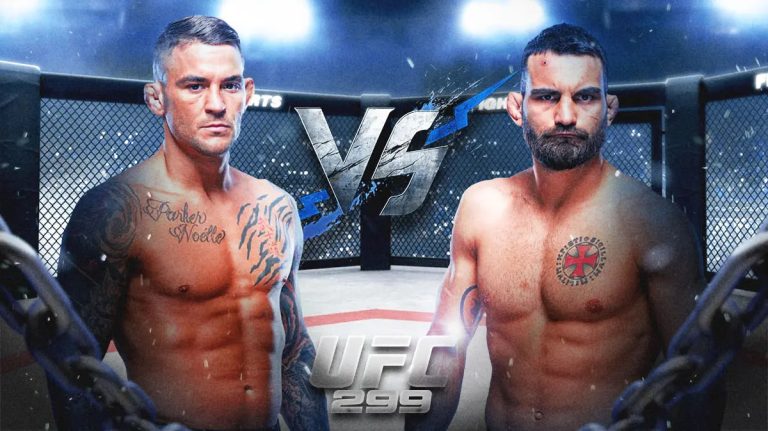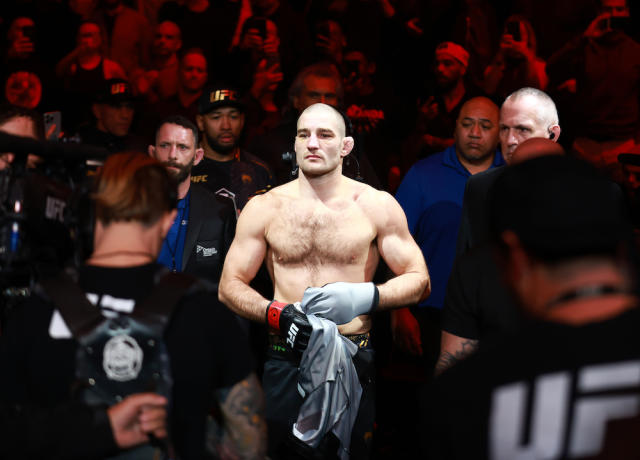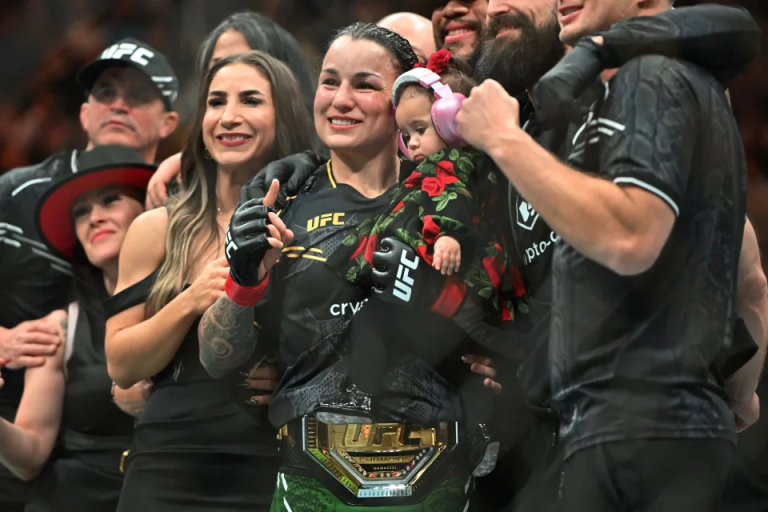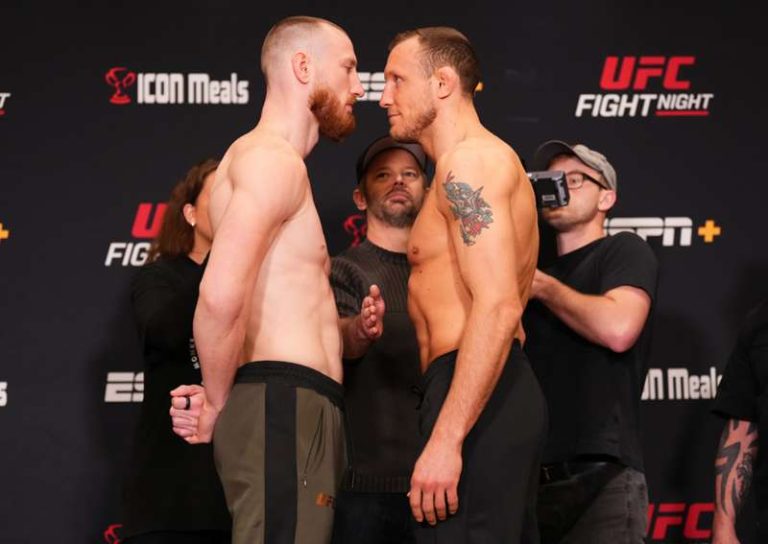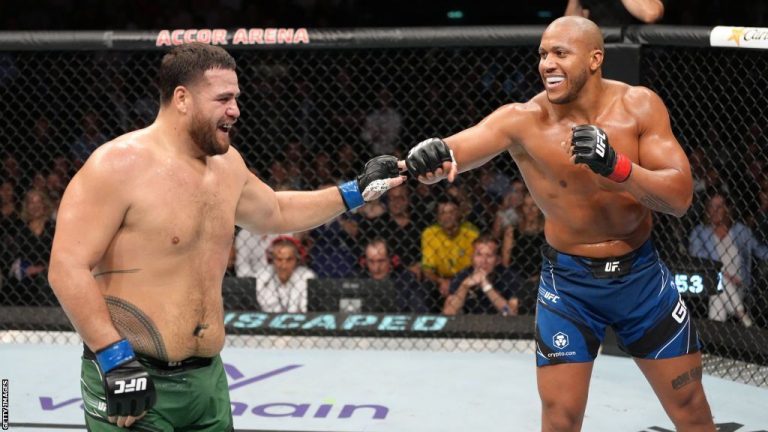The Rise of the Ultimate Fighters: Inside the World of MMA
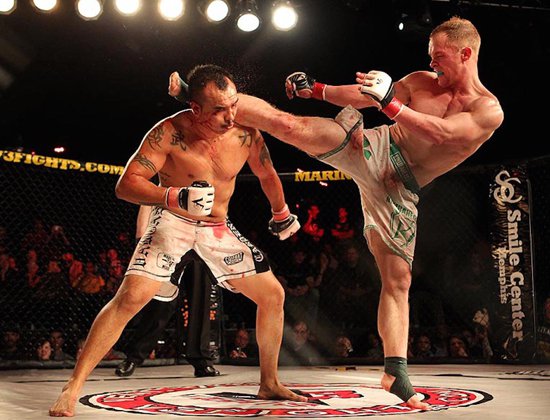
Mixed martial arts (MMA) has exploded from controversial fringe sport to massive global phenomenon in just a few decades. In this in-depth article, 24hscore examines the rapid growth and universal appeal of MMA through the lives of its leading fighters. From early stars like Royce Gracie to today’s household names like Conor McGregor, the article profiles the incredible talents that built MMA into a billion-dollar business. It provides insightful background on the diverse fighting disciplines that converge in the MMA skillset while also highlighting the sport’s grueling training regimens and tactics. Whether you are a devoted fan of the UFC or simply MMA-curious, this inside look illuminates what makes fighters willing to enter the cage and fans eager to watch. Authored by 24hscore’s experienced MMA experts, it offers unmatched insider perspective on the ascent of the ultimate fighters.
Unveiling the Tapestry of Mixed Martial Arts (MMA)
In the dynamic realm of mixed martial arts (MMA), a fusion of combat techniques converges, drawing from the diverse wellsprings of boxing, wrestling, judo, jujitsu, karate, and Muay Thai, among others. Once dismissed as a no-holds-barred blood sport lacking constraints, MMA underwent a transformative journey, shedding its initial image to emerge as one of the globe’s most rapidly expanding spectator sports in the early 21st century.
The canvas of MMA is painted with an amalgamation of disciplines, creating a unique mosaic of combat forms that captivates audiences worldwide. Beyond its early criticism, MMA is now embraced, with sanctioned events thriving in numerous countries and all 50 U.S. states.
The evolution of MMA signifies a shift from a perceived brutish spectacle to a refined and regulated sport, exemplifying strategic brilliance and physical prowess. Its popularity surge rests on the diversity of techniques employed, blending the precision of judo with the striking finesse of Muay Thai and the grappling intricacies of jujitsu.
As fans and enthusiasts delve into the intricacies of this multifaceted sport, MMA stands as a testament to the synthesis of ancient martial arts with modern competitive fervor. The 21st century paints a new narrative for MMA—a sport that transcends its early controversies to take its place among the world’s most captivating and regulated athletic pursuits.

Guidelines and Structure in Mixed Martial Arts (MMA)
A pivotal moment in the evolution of mixed martial arts (MMA) came through the establishment of standardized rules, notably championed by the UFC. By 2009, these standards, known as the Unified Rules of Mixed Martial Arts, gained global recognition, embraced by regulatory bodies in the United States and numerous fighting promotions worldwide.
Within the confines of these regulations, MMA competitions unfold within rings or fenced areas. Participants engage using padded fingerless gloves while foregoing shoes or headgear. The combatants employ a diverse array of striking, grappling, and throwing techniques, both standing and on the ground. Yet, certain maneuvers, such as head butting, eye gouging, biting, hair pulling, and strikes to prohibited areas, remain strictly prohibited.
The Unified Rules delineate the duration and structure of non-championship fights, consisting of three five-minute rounds with brief intermissions between each. Championship bouts extend to five rounds. Victory in a bout can manifest through a knockout or by compelling an opponent to submit through a tap-out or verbal concession. In cases where a fight extends its duration, a panel of judges decides the winner based on the boxing-inspired 10-point must system.
MMA weight classifications demonstrate variability across regions or organizations. The UFC, for instance, recognizes nine weight classes for male fighters, each with specified upper weight limits. Women’s MMA, within the UFC, currently spans two weight divisions, while other organizations have sanctioned bouts across additional weight categories.
The UFC and various MMA entities continuously refine their regulations to ensure fairness and safety in the sport. Referees and judges, appointed by state athletic commissions in the United States, oversee matches while also conducting vital medical and drug tests on fighters.

Evolution and Iconic Figures in Mixed Martial Arts (MMA)
At the forefront of professional MMA stands the UFC, headquartered in Las Vegas, Nevada, elevating the sport onto the global stage. Hosting numerous live events annually, its pay-per-view broadcasts have reached audiences in over 130 countries. The organization traces its roots to a $2 million purchase by Zuffa Inc. in 2001, spearheading its expansion. Dana White, UFC President, swiftly became the face of the sport. Later, in a monumental move, WME-IMG acquired the UFC for $4 billion in 2016.
Embracing the sport’s burgeoning popularity, the UFC acquired other MMA entities such as the World Fighting Alliance (WFA) and World Extreme Cagefighting (WEC) in 2006. Subsequently, the purchase of Pride Fighting Championships (known as Pride) in 2007 added to its arsenal. Though the WFA was dissolved, the UFC integrated select fighters and sustained the WEC as a distinct entity until 2010. The envisioned clash of champions between Pride and UFC never materialized fully due to inherent complexities. However, the UFC did absorb several top Pride fighters.
Beyond the UFC, other prominent professional MMA organizations have emerged. Bellator MMA, founded in 2008 and headquartered in Newport Beach, California, stands as a notable entity. Additionally, ONE Championship, based in Singapore, is a significant promoter in Asia, showcasing top-tier MMA talent. Notably, Invicta Fighting Championships, dedicated to female MMA athletes, emerged in the United States in 2012.
In pursuit of fostering MMA’s growth, the International Mixed Martial Arts Federation (IMMAF), established in 2012 in Sweden, acts as the global governing body for amateur MMA. Boasting over 40 national MMA federations, IMMAF annually hosts the World Championships of Amateur MMA and upholds an amateur MMA world-ranking list. One of IMMAF’s ambitious aims remains securing MMA’s inclusion in the Olympic Games.
Pioneering Figures and Noteworthy Achievements
Royce Gracie of Brazil played a pivotal role in popularizing MMA during the 1990s. Standing at 6 feet 1 inch and weighing 180 pounds, Gracie’s adept use of jujitsu skills from his back set a precedent. Early UFC fighters were often one-dimensional, contrasting with Gracie’s finesse in jujitsu, inspiring many to delve into striking, wrestling, and jujitsu.
American fighters like Randy Couture and Chuck Liddell emerged as early stars. Couture’s background in freestyle and Greco-Roman wrestling propelled his dominance across weight divisions, claiming UFC titles. Liddell’s iconic presence, accentuated by his distinctive appearance, contributed to his notoriety in the sport.
Brazilian middleweight Anderson Silva garnered acclaim for his multi-disciplinary skill set. A practitioner of various martial arts, Silva’s remarkable UFC debut and an impressive tenure defending the middleweight championship made him a revered figure in MMA history.
Rashad Evans, a product of The Ultimate Fighter series, showcased his prowess, claiming UFC titles and victories against renowned opponents like Forrest Griffin. Irish fighter Conor McGregor’s meteoric rise across multiple weight divisions, crowned with UFC titles, solidified his place among the sport’s successful fighters.


